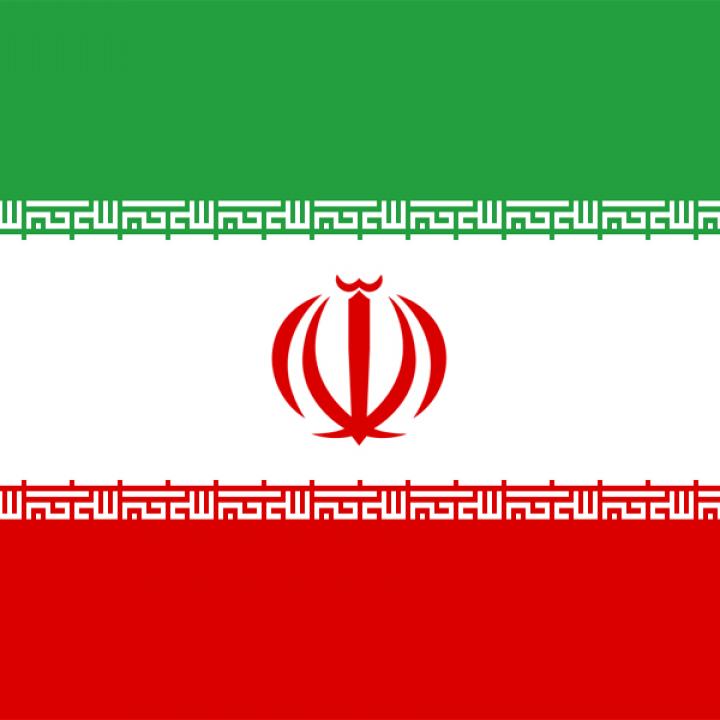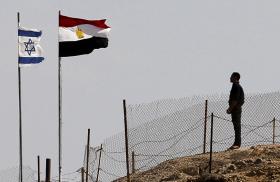

Tribal identity supersedes religious affiliation in this community, helping explain why Tehran can expect further challenges from this southwestern province.
In the aftermath of the September 22 attack in Ahvaz, in Iran's Khuzestan province, many have remarked on the Arab residents of the area. Yet unlike other ethnic minorities in the country—e.g., Kurds in the northwest and Baluch people in the eastern province of Sistan and Baluchestan and western province of Kurdistan—these Arabs are predominantly Shia. A decade ago, in reaction to systematic discrimination against Arab citizens and a desire to be welcomed by the pan-Arab movement, a wave of the area's Iranians converted to Sunni Islam, but just as quickly the trend dissipated. This is perhaps because tribal identity prevails over religious tendency in the social makeup of the Ahvaz Arab community.
This tribal rule posed a major obstacle to national consolidation and modernization under Reza Shah Pahlavi, whose government fought against the forces of Sheikh Khazal al-Kabi, the strongman who presided over the area. With its ultimate victory in 1925, the central government took full control over Khuzestan. Yet Reza Shah sought conformity from residents, enacted through measures such as a ban on school instruction in local languages and the printing of publications in any language other than the official tongue, Persian. Such dictates have stirred frictions ever since.
After the 1979 revolution, the Islamic leadership followed the Pahlavi dynasty's lead by continuing to subvert the demands of ethnic minorities. Under the Pahlavis, oil-rich Khuzestan, brimming with oil companies and refineries, had become one of Iran's most developed and prosperous provinces, but the eight-year war with Iraq wreaked widespread destruction in the province.
As for links between Iranian Arabs—who are largely concentrated in Khuzestan—and Arabs abroad, they can be explained in roughly two ways:
- The historical tribal relationship between the Khuzestan Arabs and Arabs in neighboring Basra province, in Iraq. Indeed, borders drawn in the twentieth century divided both tribes (ghabile) and subtribes (ashira), such as the Bani Kab, Bani Said, Bani Turuf, Bani Khalid, Bani Tamin, Bani Assad, and al-Kanana. Over the last decade, the opening of borders has facilitated widening interactions and relationships within families and tribes, in turn creating security concerns for the Iranian government. This plays out especially through the ability of anti-government elements such as Mujahedin-e Khalq and Salafist groups to cross into the country. Also, given Basra's status as a historic center for Akhbari Shiism, Arabs in Khuzestan tend to have little faith in the official Shia clerical establishment. Akhbaris—"literalists," as translated—do not share the views of the dominant Usuli school in Iran and are politically quietistic. They do not believe in the legitimacy of ijtehad (independent reasoning by clerics) and have no source of emulation (marja taqlid), as Usuli Shiism requires. Both tribal ties and theological affinities reinforce anti-government sentiments within Khuzestan's Arabs and anti-Iran sentiments within the Shia community in southern Iraq.
- The role of Iranian Arab elites, who became Westernized as a result of Pahlavi-era modernization and tend to be secular and advocate pan-Arabism. Since the inception of the Islamic Republic, pan-Arabism has been a security concern for the regime, never more than during the Iran-Iraq War and corresponding emergence of pro-Saddam groups. Pan-Arabism intertwined with separatist ambitions gave rise to organized opposition groups and an ongoing clash between government and Arab activists. These activists accuse the Islamic Republic of carrying out discriminatory anti-Arab policies, intentionally keeping the province underdeveloped and poor, and preventing Arab citizens from holding sensitive or high-level positions in government bureaus.
In broad-brush terms, the Khuzestan Arab community illustrates the ways in which the Middle East divide often transcends that between Sunni and Shia, or between Arab and Persian. For the Iranian regime in particular, in light of the recent terrorist strike, complex ethnic and tribal aspirations in Khuzestan could be the source of future headaches, if not crises.
Mehdi Khalaji is the Libitzky Family Fellow at The Washington Institute.



